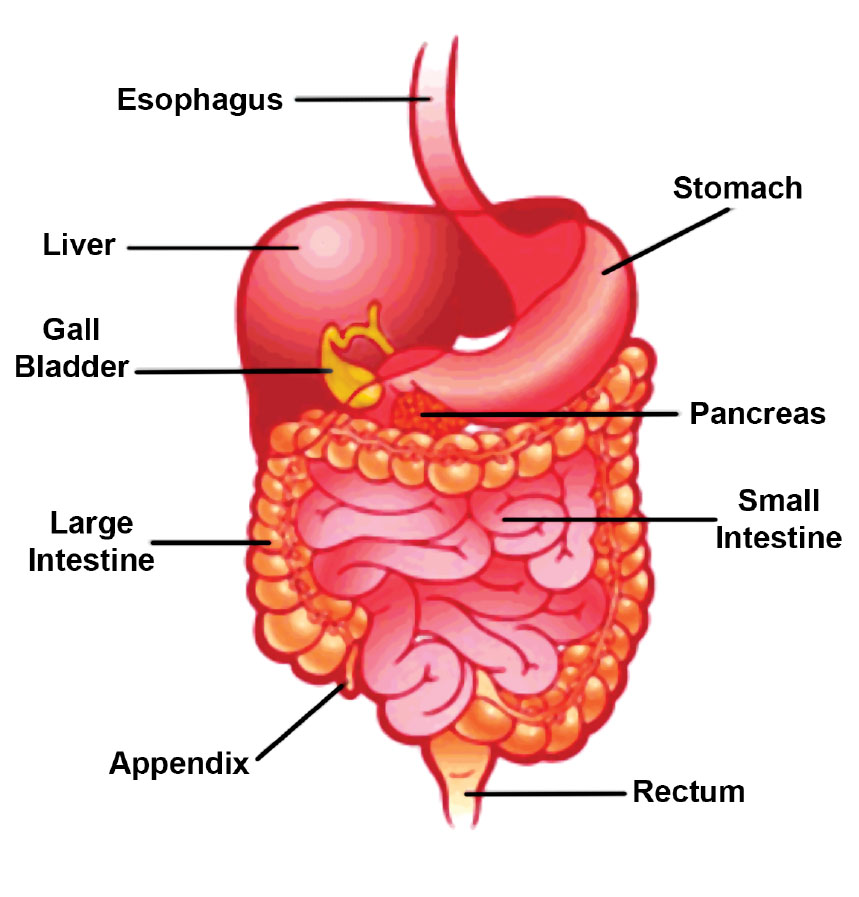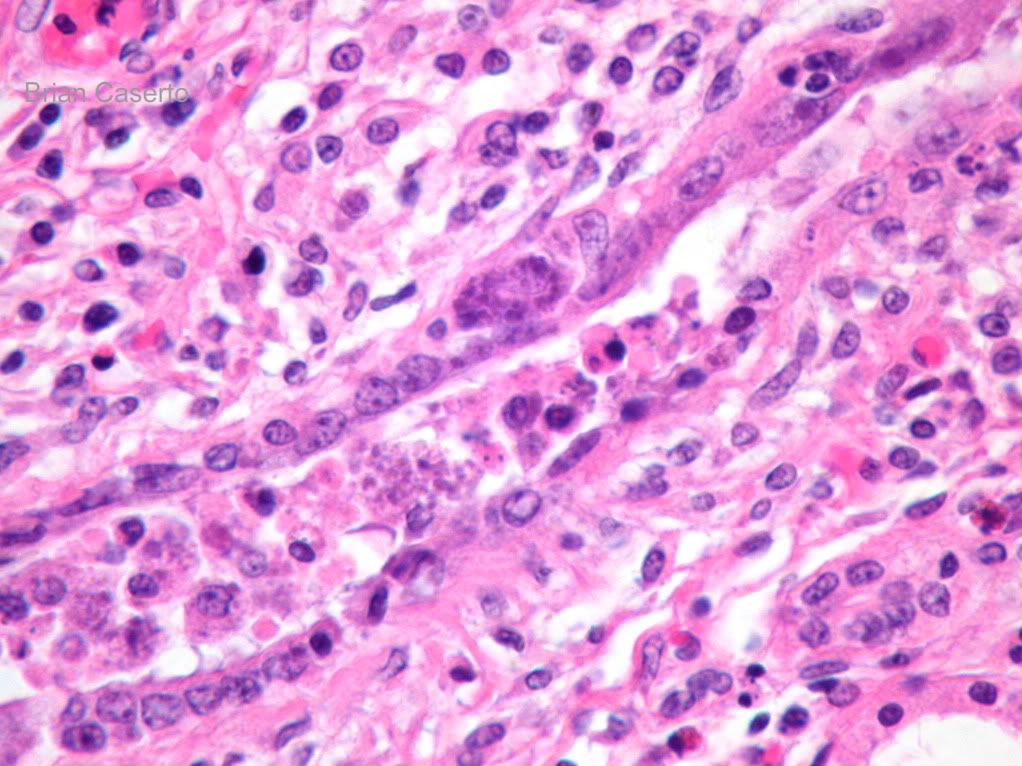Known As: Spider Monkey
Scientific Name: Ateles
Isaac Camacho
Period 4
Basic Facts
The spider monkey is in the class Mammalia. An adult spider monkey usually grows anywhere from 40-50 cm. This monkey's habitat consists of tropical jungles in South America. This monkey mainly feeds on fruits, berries, insects, and small reptiles. Their main predators are jaguars, pumas, ocelots, and large snakes. Spider monkeys have become an endangered species due to deforestation and constant hunting from their predators.

Organ System
Monkeys are primates, just like humans are. For this reason, they have a similar organ system. The organ system that is described is the digestive system. The food that these monkeys ingest pass through their mouth, down their esophagus, is filtered by the liver, is digested in the stomach, becomes converted into energy by the pancreas, passes through small intestine to absorbed nutrients and minerals, passes through the large intestine to absorb water, goes through rectum and leaves through anus.

Organ: Intestines
90% of digestion takes place in the intestines.
-The small intestine is responsible for absorbing most of the nutrients from what we eat and drink.
-The large intestine is in charge of absorbing water from the remaining digestible waste and expels the remaining waste.
-Tissues in the small intestine include: the epithelial layer, the submucosa, smooth muscle, and the outer layer known as the visceral peritoneum(commonly known as the serosa).
-Tissues in the large intestine include: the mucosa and muscularis mucosa. The large intestine also includes a simple column epitheleum with goblet cells.

Epithelial Tissue Layer
-This layer covers the surface of the small and large intestines with epithelial cells.
-The cells are packed very tightly.
-This tissue does not have any blood vessels.
-The tissues also contain goblet cells.
Picture of the Epithelial Tissue Layer
Epithelial Cells
Epithelial Cells contain microvilli that are in charge of absorbing nutrients in the intestines. These cells are so small and tightly packed, which drastically increase its surface, and therefore increases their absorption effectiveness. The layer of epithelial cells is very thin, so nutrients are absorbed even quicker this way. Epithelial cells are not only located in the intestines, but they cover all of the body organs as well.
Picture of Epithelial Cells

_________________________________________________________________________________
Works Cited (Information) APA
Mandal, A. (2014, September 8). The Large Intestine (Human).
Retrieved November 20, 2014, from
http://www.news-medical.net/health/What-Does-the-Large-Intestine-Do.aspx
http://www.news-medical.net/health/What-Does-the-Large-Intestine-Do.aspx
SEER Training Modules. (n.d.). Retrieved November 19, 2014, from
http://training.seer.cancer.gov/anatomy/digestive/regions/intestine.html
Spider Monkey. (n.d.). Retrieved November 19, 2014, from http://a-z-animals.com/animals/spider-
monkey/
Spider Monkey Predators. (n.d.). Retrieved November 18, 2014, from
http://spidermonkeys.com/Predators.html
Spider Monkeys, Spider Monkey Pictures,
Spider Monkey Facts - National Geographic. (n.d.).
Retrieved November 19, 2014, from http://animals.nationalgeographic.com/animals/mammals/spider-monkey/
Retrieved November 19, 2014, from http://animals.nationalgeographic.com/animals/mammals/spider-monkey/
The Intestines (Human Anatomy): Picture,
Function, Location, Parts, Definition, and Conditions.
(2009, January 1). Retrieved November 19, 2014, from http://www.webmd.com/digestive-disorders/picture-of-the-intestines
(2009, January 1). Retrieved November 19, 2014, from http://www.webmd.com/digestive-disorders/picture-of-the-intestines
Works Cited (Pictures)
http://bio.sunyorange.edu/updated2/comparative_anatomy/anat.html1/Gastrointestinal%20Tract_files/d_intest.jpg
http://s248.photobucket.com/user/b_Dog4good/media/vetpath/DSCN4236.jpg.html
http://biologycorner.com/anatomy/histology/hist5.GIF
http://upload.wikimedia.org/wikipedia/commons/8/83/Spider_monkey_-Belize_Zoo-8b.jpg
http://www.uppercrustindia.com/dynamic/uploads/image/UC_42/Nandita_SHah/Human_Digestive_System.jpg
No comments:
Post a Comment